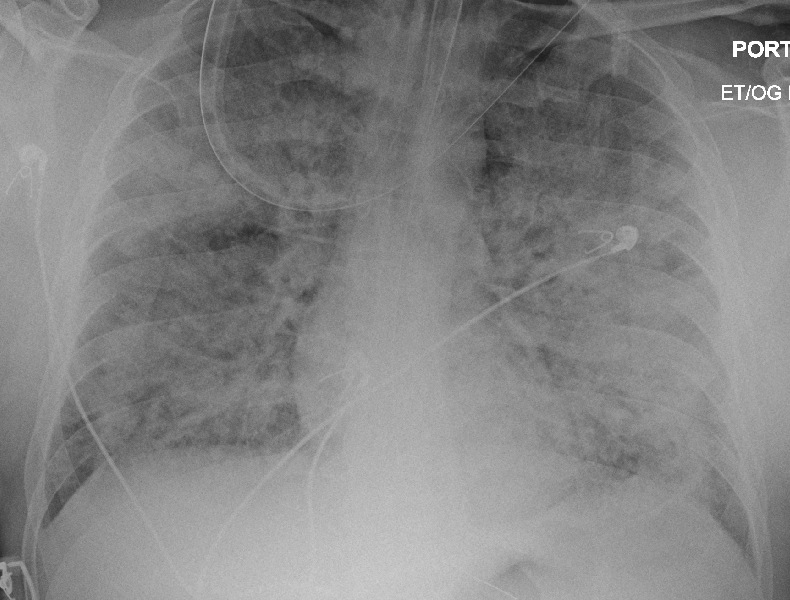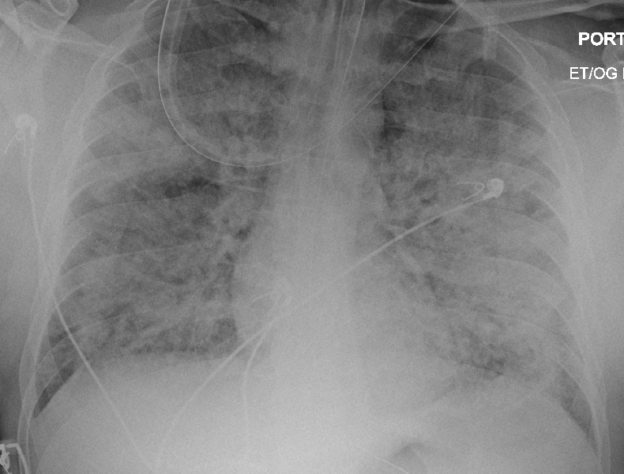The best ARDS treatment in Guntur is Dr. Raos Hospital
ARDS treatment (Acute respiratory distress syndrome) is a life-threatening lung condition when the lungs cannot provide adequate oxygen to the body. The cause of ARDS is typically a viral or bacterial infection, but it can also be caused by other conditions such as trauma, sepsis, or pneumonia. In a recent mayoclinic.
ARDS can occur in people of any age but is most common in adults. Age and severity of the illness increase the death rate. Most of the people who develop ARDS don’t survive. Many who survive will have long-lasting symptoms. Are you looking for the best Acute respiratory distress syndrome care? Please visit Dr. Raos hospital Guntur for your well-being.
Symptoms
Symptoms of ARDS include shortness of breath, rapid breathing, low blood pressure, and chest pain. The symptoms and signs of ARDS can vary in intensity; depending on its severity and cause, the presence of lung or heart disease will increase the severity.
Causes
Damage to the alveolar membrane leads to ARDS
- Sepsis. The most common cause
- Inhalation of harmful substances – smoke, chemical fumes, aspirating vomit, or near-drowning episodes.
- Severe pneumonia.
- Head, chest, or another significant injury. Accidents to the lungs or to the brain that controls breathing
- COVID-19
- Pancreatitis
- massive blood transfusions
- burns.
Diagnosis
- No specific test to diagnose
- The physical exam is the most important
- SPo2
- Chest X-ray
- Computerized tomography (CT)
- Lab tests – CRP, check for signs of infection or anemia
- Electrocardiogram.
- Echocardiogram
Treatment
- The first goal in treating ARDS is to improve oxygen levels in your blood. Without oxygen, your organs can’t function properly. Treatment of ARDS typically involves mechanical ventilation and supplemental oxygen.
- Fluids – strict Input output measurement to prevent either pulmonary fluid overload or shock
- Relieve pain and discomfort
- Prevent and treat infections
- Minimize gastric reflux
- Prevent blood clots
- Sedate
When should you see a doctor for your respiratory ARDS illness?
If you experience any of the symptoms of ARDS, you should see a doctor immediately. ARDS can lead to severe complications, such as organ failure, and can be fatal, including Blood clots in your legs and pulmonary embolism, Collapsed lung (pneumothorax), Infections, and Scarring (pulmonary fibrosis)
Do survivors will get rid of all the symptoms?
Survivors of ARDS will have Breathing problems, Depression, Problems with memory and thinking clearly, Tiredness, and muscle weakness.
What should you do following the ARDS recovery?
- Lifestyle and home remedies
- Quit smoking. If you smoke, seek help to quit, and avoid secondhand smoke whenever possible.
- Get vaccinated. The yearly flu (influenza) shot and the pneumonia vaccine every five years can reduce your risk of lung infections.
Conclusion
Acute respiratory distress syndrome (ARDS) is a life-threatening lung condition when the lungs cannot provide adequate oxygen to the body. The cause of ARDS is typically a viral or bacterial infection, but it can also be caused by other conditions such as trauma, sepsis, or pneumonia.
ARDS can occur in people of any age but is most common in adults. Age and severity of the illness increase the death rate. Most of the people who develop ARDS don’t survive. Many who survive will have long-lasting symptoms. Are you looking for the best Acute respiratory distress syndrome care? Your choice is Dr. Raos hospital Guntur for the best neurocritical in India. Call 9010056444 or 9010057444 for the appointment.


